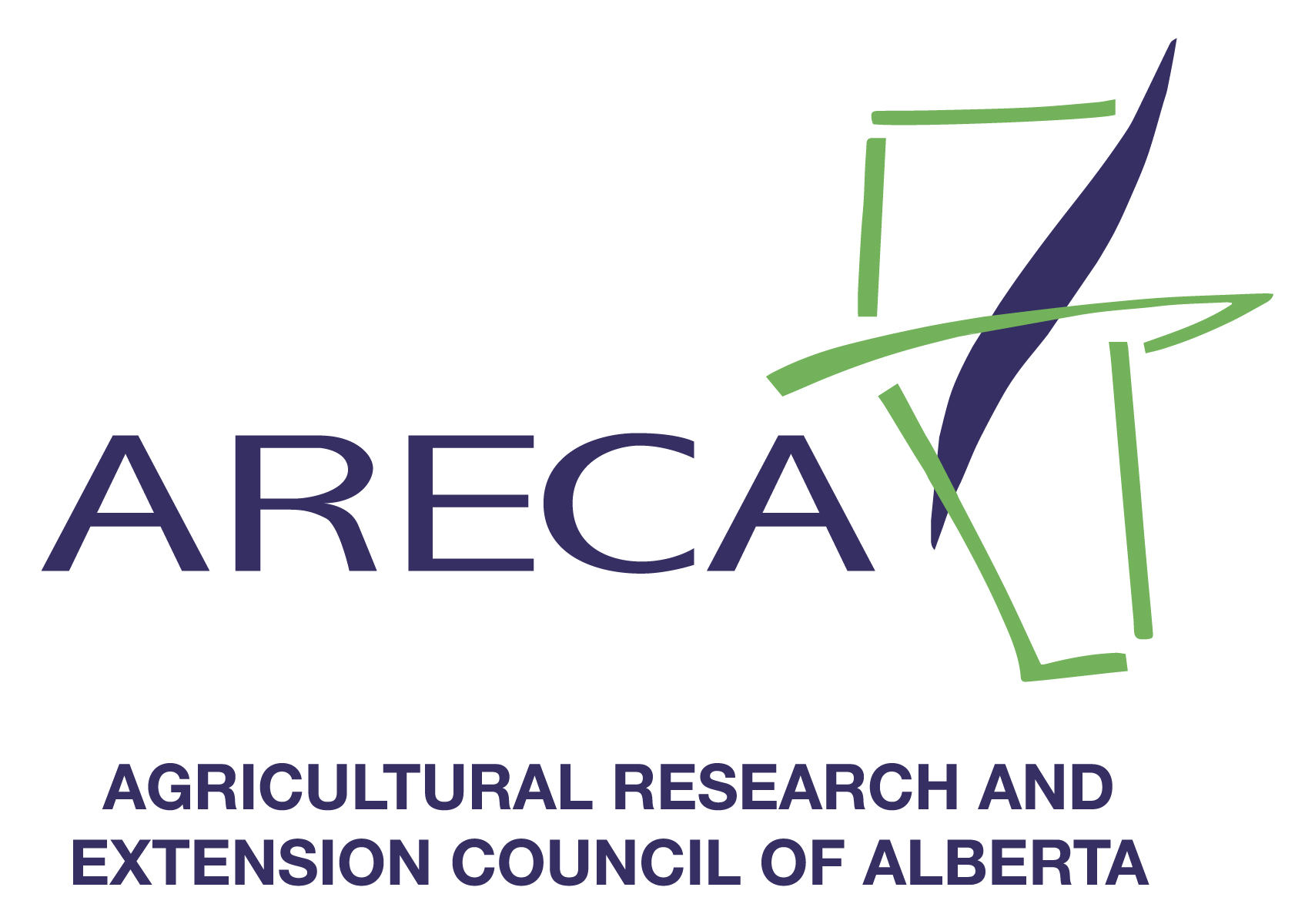Are they better curved or straight?
Shelterbelts are developed or natural stands of trees, lined up along a fence line, which can protect land and livestock from the elements. Many producers today are recognizing their value and are turning to resources such as the Environmental Farm Plan (EFP) program for assistance in developing new shelterbelts or managing existing ones on their farms and ranches.
A common question heard in EFP workshops regards the relative merits of curved versus straight shelterbelts. Although curved shelterbelts generally offer better protection from the wind, there are advantages and disadvantages to both, says Doug Macaulay, a woodlot specialist with Alberta Agriculture and Food (AF).
“Developing a shelterbelt means making certain strategic decisions right at the beginning,” says Macaulay, who also served as an EFP Technician. “One of these is whether the shelterbelt should be in a curved or wavy shape or follow a straight pattern. It’s ultimately a decision that comes down to your needs as a producer.”
Producer options
One of the biggest considerations when making this decision is space. “Curved shelterbelts generally take up more space, which could mean more land taken out of production. It’s a matter of how much a producer is willing to invest.”
Another major consideration is how the shelterbelt will affect farming practices. “Straight shelterbelts are generally easier to farm around, while curved shelterbelts can result in a curvy swath, which not everybody likes,” says Macaulay.
At the same time, curved shelterbelts often follow the contours of the land better than straight shelterbelts. “They just work better with Mother Nature in a number of cases,” he says. “Creeks, rivers, hills and ridges usually don’t usually follow straight lines, so curved shelterbelts may work as better fits in those situations.”
A general advantage of shelterbelts which may hold appeal for producers is their benefit to wildlife. “Shelterbelts offer protection to wild animals that are seeking protection from wind, rain and even predators, simply because there are more areas for them to hide in,” says Macaulay. “They also provide habitat for many beneficial species of insects and birds that control numerous pests in crops.”
Available Assistance
Information and assistance on shelterbelt development and management, as well as a number of other on-farm environmental practices, is available through a strong network of EFP Technicians throughout the province.
This article may be reprinted with the credit: Alberta Environmental Farm Plan
For more how-to fact sheets or other information, visit www.albertaEFP.com.
 Initiative
Initiative



